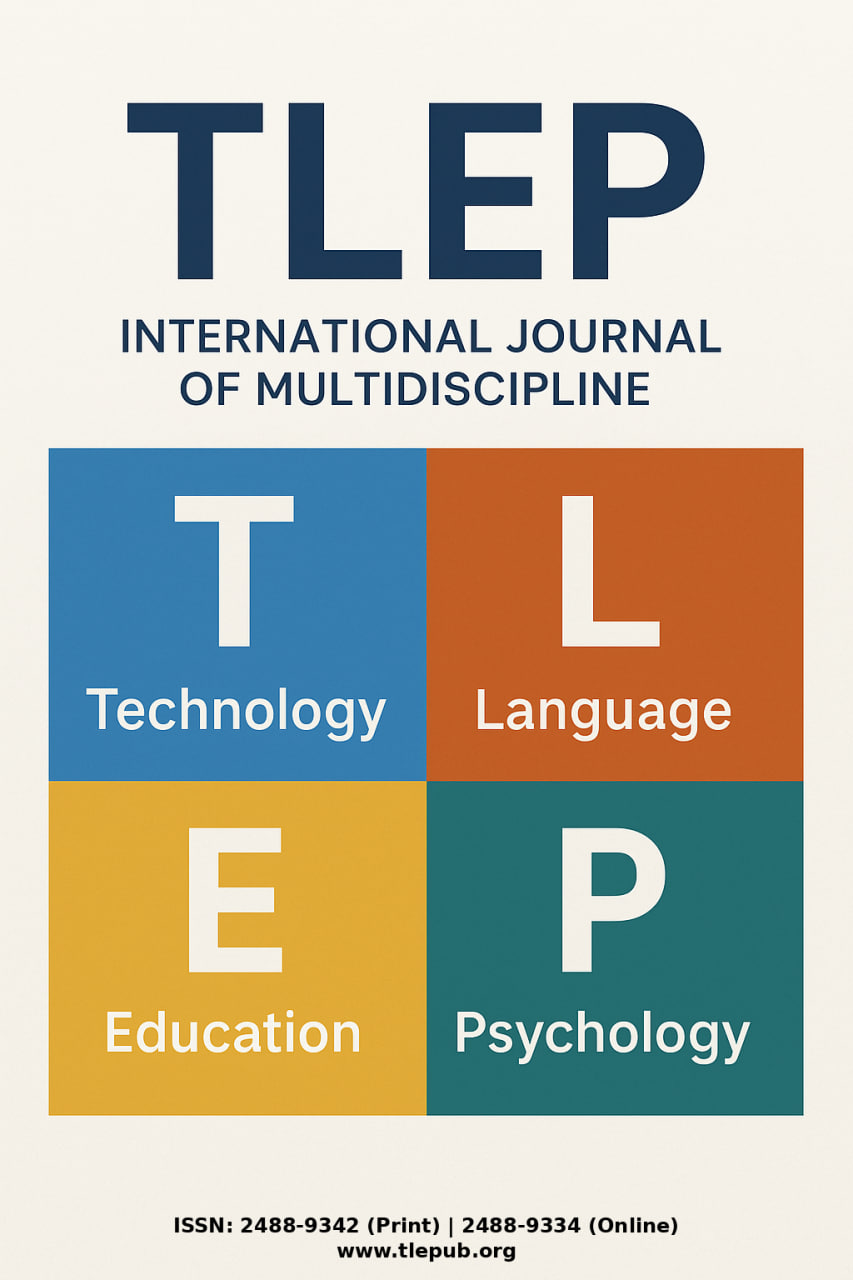IoT (Internet of Things) Technologies And Their Applications In Everyday Life
Keywords:
Internet of Things (IoT), Smart Home, Wearable Technology, Data Privacy, Ubiquitous Computing, Human-Computer Interaction, Smart Cities.Abstract
The Internet of Things (IoT) represents a paradigm shift in human-computer interaction, weaving a network of interconnected physical devices into the fabric of everyday life. This paper investigates the applications of IoT technologies in quotidian routines and examines the corresponding user perceptions regarding their benefits and challenges. The primary objective is to map the landscape of IoT adoption across key domains—such as smart homes, wearable technology, and personal transportation—while critically evaluating the socio-technical tensions that arise, particularly concerning data privacy and security. Employing a mixed-methods approach, this study synthesizes existing literature and analyzes quantitative data from a cross-sectional survey of 500 adult users. The results indicate that while convenience and efficiency are the primary drivers of IoT adoption, these benefits are significantly counterweighed by profound user concerns about data security and personal privacy, especially for devices equipped with audio-visual sensors. The findings reveal a significant 'privacy paradox,' where users continue to adopt technologies despite harboring deep-seated anxieties. This research concludes that the future trajectory of IoT integration is contingent upon fostering user trust through transparent data policies, robust security frameworks, and a human-centric design philosophy. It underscores the urgent need for collaboration between technologists, policymakers, and end-users to navigate the ethical complexities of a pervasively connected world.
References
Atzori, L., Iera, A., & Morabito, G. (2010). The Internet of Things: A survey. Computer Networks, 54(15), 2787–2805. https://doi.org/10.1016/j.comnet.2010.05.010
Ashton, K. (2009). That 'internet of things' thing. RFiD Journal, 22(7), 97-114.
Lupton, D. (2016). The quantified self: A sociology of self-tracking. Polity Press.
Park, E., Kim, K. J., & Kwon, S. J. (2021). Understanding the adoption of smart home services: A focus on user-perceived value and user-perceived risk. Telematics and Informatics, 61, 101594. https://doi.org/10.1016/j.tele.2021.101594
Rose, K., Eldorado, S., & Paul, L. (2015). The Internet of Things: An overview. The Internet Society (ISOC). https://www.internetsociety.org/resources/doc/2015/iot-overview/
Weber, R. H. (2010). Internet of Things – New security and privacy challenges. Computer Law & Security Review, 26(1), 23-30. https://doi.org/10.1016/j.clsr.2009.11.008
Weiser, M. (1991). The computer for the 21st century. Scientific American, 265(3), 94–105. https://doi.org/10.1038/scientificamerican0991-94
Zanella, A., Bui, N., Castellani, A., Vangelista, L., & Zorzi, M. (2014). Internet of Things for smart cities. IEEE Internet of Things Journal, 1(1), 22–32. https://doi.org/10.1109/JIOT.2014.2306328
Zuboff, S. (2019). The age of surveillance capitalism: The fight for a human future at the new frontier of power. PublicAffairs.
Downloads
Additional Files
Published
Issue
Section
License
Copyright (c) 2025 Both journal and authors

This work is licensed under a Creative Commons Attribution 4.0 International License.





